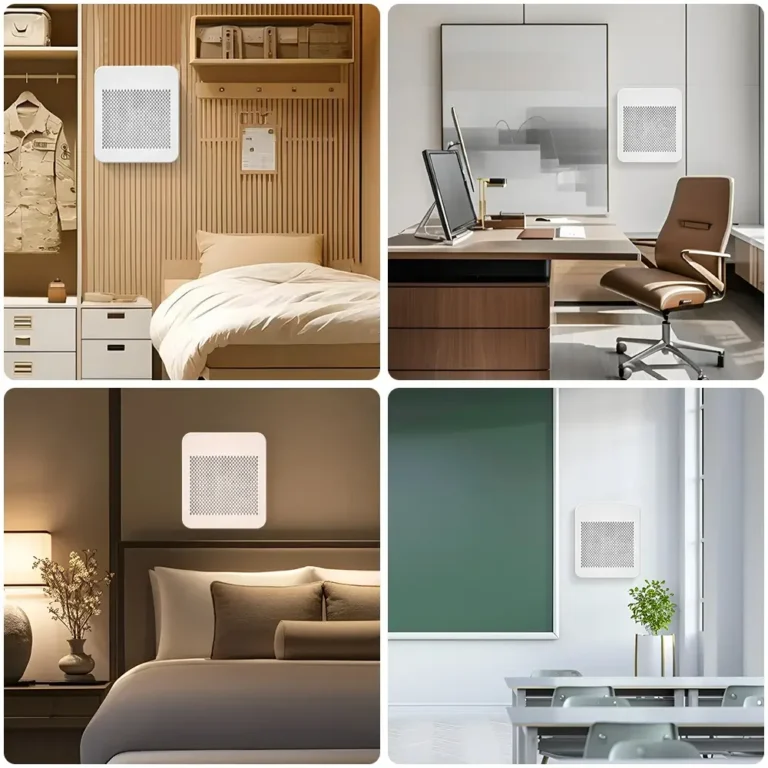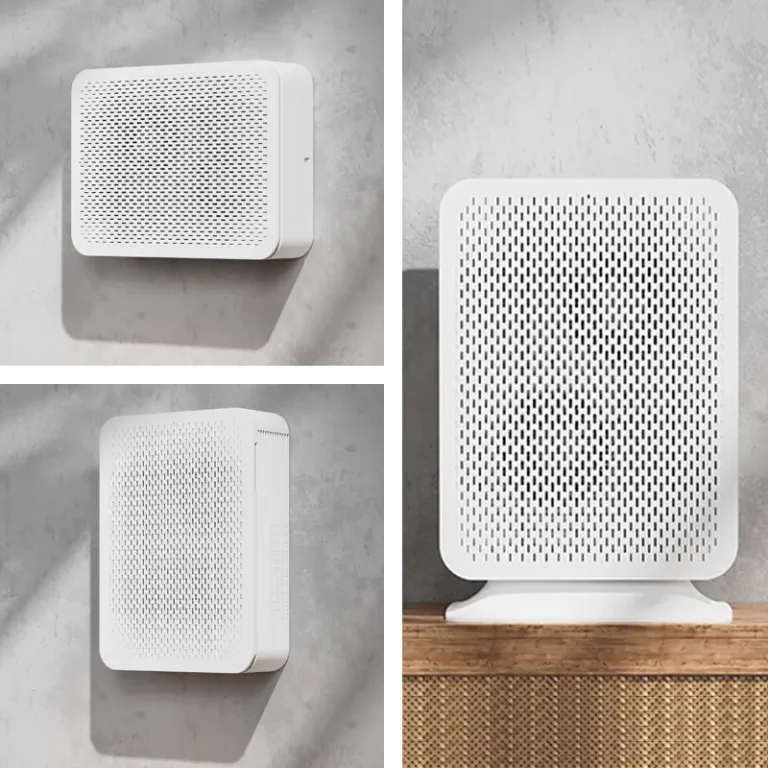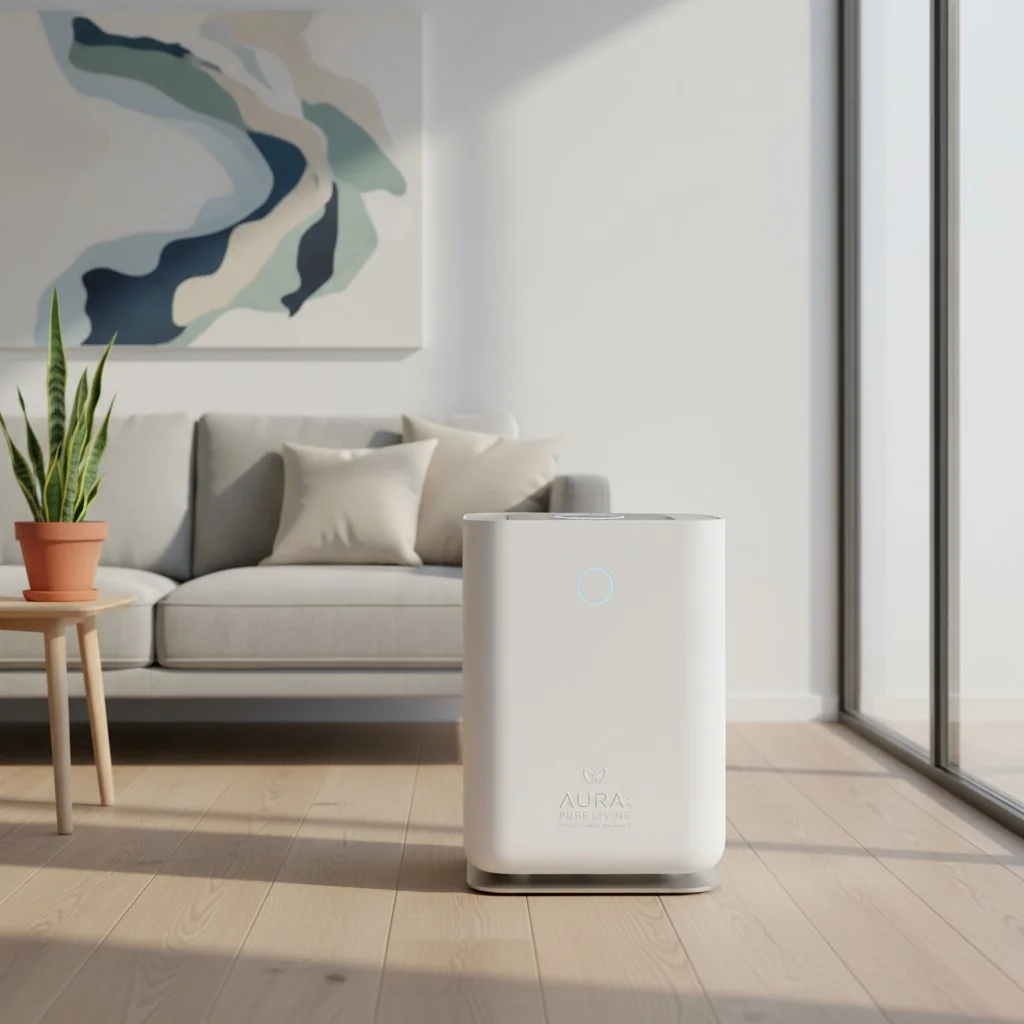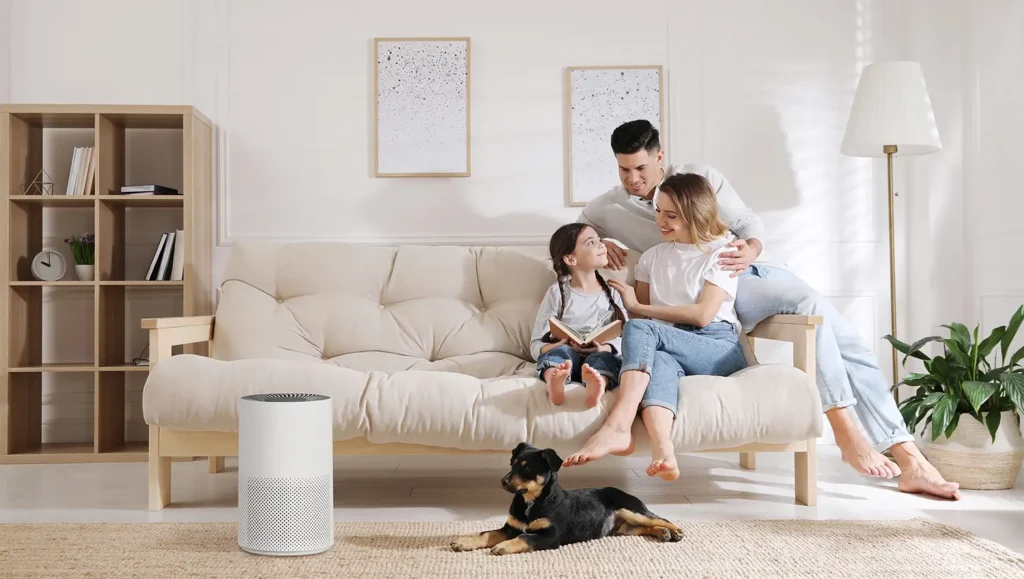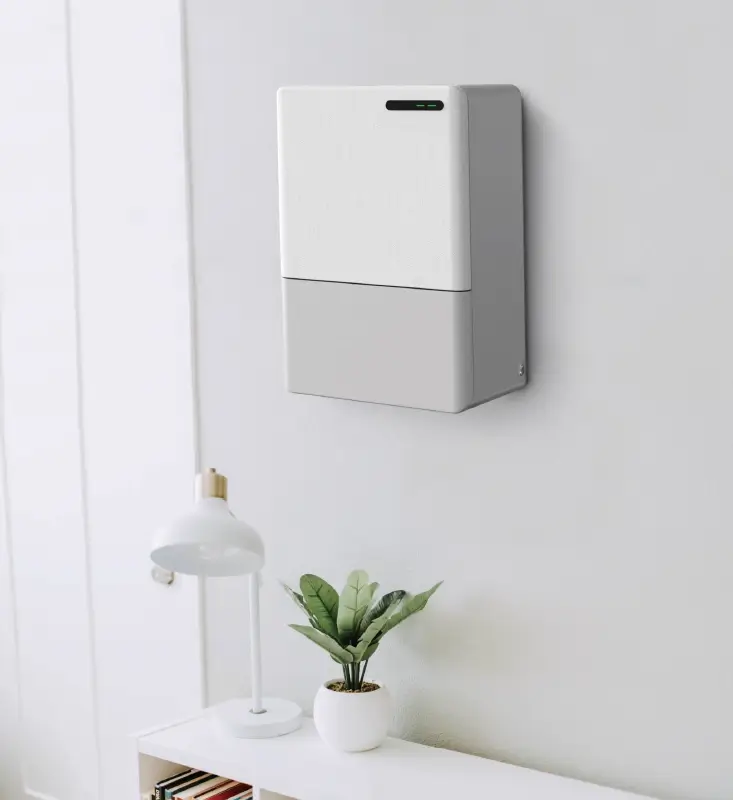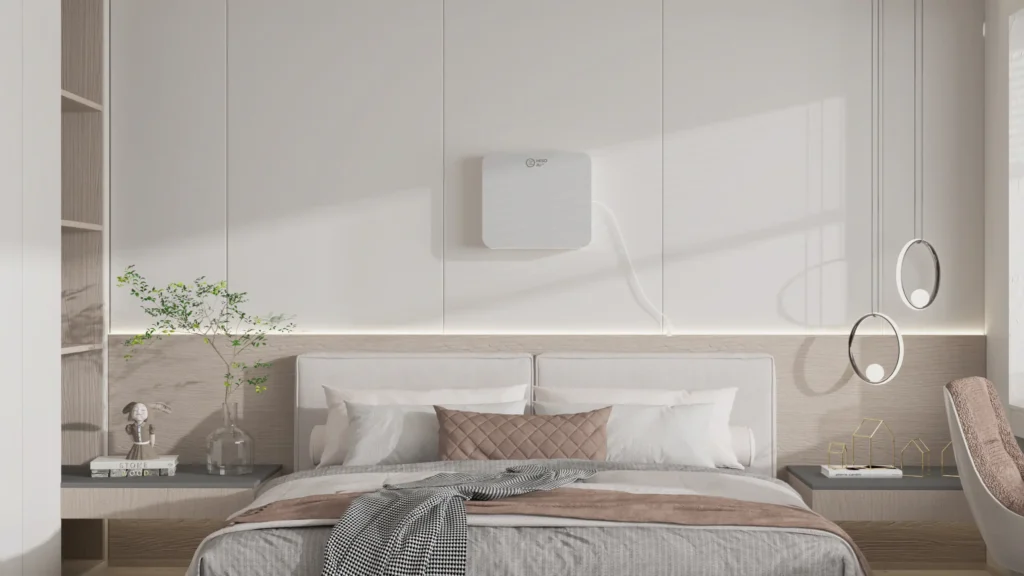
画像ソース 金型検査・試験ドットコム
カビはアレルギーを悪化させます。空気中のカビを検査できますか?空気サンプルは、カビ胞子採取装置に空気を送り込み、実験室に送ることで室内のカビ胞子を測定します。空気の質を検査することは、最も重要なメンテナンスのひとつですが、あまり頻繁に行われるものではありません。室内空気の質が悪いと、あなたやあなたの周りの人の健康が損なわれる可能性があります。とはいえ、定期的な検査は問題を早期に発見し、室内汚染を減らすことができる。空気の質を測るには、AQI(Air Quality Index)という指標が使われる。0度から500度の範囲を示す温度計に似ており、AQIは空気の質を測定します。
カビにさらされる兆候とは?
いくつかの場合専門家の意見カビと菌類は、あなたの家をひどい臭いにし、住みづらくします。この2つの真菌が発生すると、臭いの原因となるガスを放出し、すぐに広がってしまう。また、カビにさらされると、ある種の人は炎症を起こすことがある。このような人は、鼻水、喘鳴、目の充血やかゆみ、皮膚などのカビによる症状を経験することがある。喘息やカビアレルギーを持つ人など、より深刻な反応を経験する人もいる。
室内空気環境検査とは?
アレルギー、カビ、ラドンの検査は室内で行われる。これらの検査によって、室内の空気の安全性を判断することができる。これは 地下室のカビ臭さを取り除く方法.適切な検査は、家庭やオフィスの空気を正確に評価する。
- 地下室
- バスルーム
- キッチン
- ベッドルーム
空気品質検査の利点
室内空気質評価の利点は以下の通りである:
- より良い健康
- 快適性の向上
- 効率性と電気代の削減
- 従業員のパフォーマンス向上
- 家やペットの臭いを軽減
空気検査でカビは検出されますか?
はい、家庭での空気サンプリングでカビの胞子濃度を測定します。空気サンプルは顕微鏡下で分析されます。空気検査は目に見えなくてもカビを検出することができます。カビの胞子、アスベスト繊維、揮発性化学物質、花粉、ほこり、アレルギーなどを検出することができます。
カビの空気品質検査
室内空気汚染は呼吸器、心臓、ガンの問題を引き起こす可能性がある。従って、室内空気をテストし、修理することはあなたの健康を高めることができる。あなたの家の型テストのための重要な理由は次のとおりである:
- カビの臭いや症状が現れる。
- あなたの家のカビの種類を識別し、その成長を見つけるために
- 胞子を測定して室内の空気の質を測定する
- カビが完全に駆除されたかどうかを確認する
空気品質検査は何を検出するのか?
空気サンプルから胞子を特定することができる。標準的な空気中の真菌胞子濃度はCFU/m3である。コロニーは空気サンプルの胞子の生存率を示す。2つ目の空気サンプルのデータは、真菌の属または種によって胞子を同定します。ほとんどの空気中のカビは
- 青かび
- クラドスポリウムとアスペルギルス
- アルテルナリア
- スタキボトリス(黒カビ)
- アウレオバシジウム
- 毛虫
- エピコッカム
- ウロクラディウム
空気環境検査でどのようにカビを特定するのか?
サンプラーは、通常、真菌増殖培地を入れたペトリ皿である収集器具に、指定された量の空気を送り込む。空気サンプリングは、あなたの家のカビの胞子レベルを測定します。顕微鏡下で空気サンプルを調査します。空気検査では、目に見えなくてもカビを検出することができます。
空気中のカビを検知する装置はありますか?
空気の質、空調ダクトの空気の質、表面のカビを評価できる装置があるのだ。
カビ空気検査装置
カビ空気品質検査キット製品は、様々なエアロアレルゲンやバイオエアロゾルを素早く収集・分析します。室内空気品質には以下が含まれます:
- アレルゲンアレルゲンDポジトラック
- マイクロ5マイクロセル
- バイオシス スライド
- アレルゲンアレルゲンMK-IIIスライド。
カビ検査キットに価値はあるのか?
このキットでカビを特定することはできるが、知り合いに研究経験があり、カビやカビの胞子を特定できる人がいない限り、最良のテスト形式とは言えない。
空気清浄モニターはカビを検出できるか?
現代の技術によって、空気品質モニターはほとんどの人が利用できるようになった。それらは空気中のカビの胞子を検出することができます。
空気カビ検査の精度は?
カビの臭いがしたら、それは家の中のどこにでもあるかもしれない。室内での最初のカビ検査は胞子トラップ分析である。空気カビ検査は、屋内のカビへの暴露を最もよく測定します。これは空気の質の変化を示します。
金型検査の種類
- 綿棒 - これらの検査では綿棒を使用します。綿棒による検査は数分で結果が得られる。試験管をラボに送り、追加製品を検査する。
- テープ・ストリップ-もう一つの一般的な表面カビ検査キット。これらのテストは、ラボでの分析を待つ必要がある。
- 空気ポンプ - テーブルやカウンターの上で家の空気をテストするために設計されています。ポンプが空気とカビを集める。検査後、ラボでキットを検査する必要がある。
- ペトリ皿試験 - 微生物培養表面によるカビの発生。食器はすぐにカビが生え、その影響を示す。空気の質とカビの測定は、ラボに送るのが最も正確である。
カビの空気検査は本当に効果があるのか?

画像ソースヘイワード・スコア
Microscopic analysis is most mycology labs' "Gold Standard" and accurate. Microscopes identify genera visually.
- タップテスト
- モールドテープ
- 胞子トラップ
- ポリメラーゼ連鎖反応
- CAP14テスト
カビの空気品質検査:安全なレベルとは?
室内空気には、健康に基づく生物学的作用物質の基準はない。建物の空気質の評価には、カビの空気サンプリングを含むべきではない。500sp/m3以上のカビ胞子濃度は高濃度とみなされる。 テスト結果 建物内のカビは危険です。商業ビルには、EPAが許容するカビレベルや真菌増殖の要件はありません。
いつ、どのように家庭内の空気環境をカビ検査するのか?
あなたの家またはビジネス場所は配管漏出か水問題を経験した。あなたか専門家が型を取除いた後、型のレベルが常態に戻ったかどうか見る空気テストがほしいと思うか、または必要とします。
空気中にカビがあるかどうかは、どうやって見分けるのですか?
カビがエアダクトに広がると、エアコンを運転すると臭いが悪化することがあります。カビは湿った場所で成長する。エアコンは時々しか運転しないため、エアハンドラーやダクトに湿気やゴミがたまり、そこで一般的なカビが繁殖します。カビは、あなたが見つけるにせよ、サービス技術者が見つけるにせよ、危険です。
家庭の空気の質をテストする7つの方法
汚染源を排除することで、室内の空気の質が向上する。予算と時間に応じて、どの方法が最も効果的かを見極めることが重要だ。例えば ヒマラヤ岩塩ランプでは空気は浄化できない 塩は空気中の水分を吸収して蒸発し、カビの胞子を形成するからだ。
#1 空気清浄機の購入
室内空気フィルターは不可欠である。完全なフィルターシステムは、空気清浄機で空気中の汚染物質を除去する。空気清浄機はフィルターによって、アレルギー、病原菌、粒子状物質、ガス状汚染物質を除去することができる。さらに 寝室に空気清浄機を置くのに最適な場所 は、以下のいくつかのガイドで、あなたの購入を価値あるものにする:
- ハウスの湿度を終日50%以下に保つ。1日に数回、湿度レベルをチェックする。
- 家の空気の流れを確保する。屋外のキッチンや浴室の換気扇を利用しましょう。
- カビの繁殖を防ぐため、屋根、壁、配管の水漏れを修理する。
- 洪水の後始末と乾燥は、24~48時間以内に行う必要がある。
- 最初に防カビ剤を塗る。
- カビを殺す製品が浴室をきれいにする。
- 飽和状態のカーペットや椅子張りを交換する。
#2 カビ用空気質試験機
空気検査でカビを特定。目に見えるカビは化学的にテストされる。カビがあなたの家を汚染することを恐れているが、それを見ることができない場合、空気質テストは胞子を測定することができる。室内の空気の質を改善することは、家族の健康に役立ちます。しかし 空気清浄機はほこりを集めるか?室内の汚染物質を特定し、良い空気を取り戻すには、まず以下のことから始める:
- IAQモニターを購入する。
- 症状のチェック
- ラドンとCOのレベルをチェックする。
- 空気清浄機
- 空気清浄の専門家を呼ぶ。
カビの空気品質検査:まとめ
空気質のテストはあなたの型の取り外しプロジェクトの成功を証明する。あなたはすでにどのようなカビテストがあなたのために最適であり、それが研究室から戻って取得するのにかかる時間を知っている。問題がまだ起これば、からの助けを頼むことができる 空気清浄機メーカー それはあなたを助ける専門家なのだから。

